Bigleaf Maples Dying!?
mudhoney
16 years ago
Featured Answer
Comments (23)
dottyinduncan
16 years agolast modified: 9 years agocascadians
16 years agolast modified: 9 years agoRelated Discussions
Is this Bigleaf maple ?
Comments (14)Today, I went back to the tree in question and broke off the leaf stem. Yes, the milky sap came to show. I measured it and found, um...mere 8". Indeed, it is Norway Maple. Either 12" leaves were my imagination or gone during my absence for a week. I was so awe-struck with such a big leaf that I could connect to the Norway I knew before. I thank everybody who replied here. You are very good with such a limited information. I learned it is about the shape of the leaves. With that in mind, I will try to practice more with Maples and then move on to Oaks. Thanks to you, I am convinced tree ID is a great fun....See MoreCoral Bark Maple dying
Comments (7)My neighbors planted Douglas firs as a hedge in 1950 and never sheared them so I have 60' tall Doug firs along the back of my property and I have to garden under them due to lack of anywhere else in back yard. (Small house, small lot) Not only do the roots extend twenty feet into my yard under my bed and lawn but the branches extend that far too. The branches are very thick and block rain from my bed. We've pruned them off twenty feet up but it doesn't matter. The bed underneath is dry even when it is raining. I have struggled for sixteen years now because the roots suck so much moisture. I built the beds up and added yards of compost and the feeder roots just grew up into my good soil. Soaker hoses have not worked very well, I have to hand water. Many perennials have withered away especially hostas, huecheras, tiarellas and some shrubs have died (multiple azaleas evergreen and deciduous) but some plants do survive. I have had good luck with Pieris and the native bleeding hearts. I'm about to give up on Clematis which is upsetting because I have forty feet of cedar fence to use as vertical space for them....See MoreDying Red Dragon Japanese Maple
Comments (19)Just an FYI, but Superthrive is NOT a fertilizer. At best, it is a vitamin and plant hormone mixture that is supposed to reduce transplant shock and encourage root development but its actual ingredients other than B1 and NAA are not disclosed. btw, applications of vitamin B1 (thiamine) have been proven to not provide any measurable benefits to plant growth, as it is present in all soils and is manufactured by plants themselves in sufficient quantities. The debates over the benefits - if any - of Superthrive are long and heated. However there is only anecdotal reports that it provides any positive stimulus to plant growth. Scientific trials have demonstrated NO measurable benefit. And FWIW, if the tree in question is infected with VW, no amount of fertilizing with anything is going to help - fertilizer does not kill off plant pathogens....See MoreAll of my Japanese maple seedlings dying
Comments (3)thanks for your reply. for some reason I can't upload any images. but the questions you asked pointed me toward a fix. I'm located in Sydney NSW, we had wet and not so warm summer this year. the plants were planted in small containers in seed raising soil with not many drain holes! since then after removing some of them for inspection I realized there weren't any roots and the soil was soggy and wet all the time!!! lots of root rot and smell bad! I removed all the soil and mixed them with %60 woody and chunkey orchid mix for better aeration and drilled lots of holes on the containers (i used empty Coca-Cola can for the containers) since then they revived despite 4 weeks of constant rain and cold temperature. some of them were reduced to 1 thin trunk and since then they produced some buds and leaves!!! I think the root rot cause them to become very weak and then attacked by fungi and probably bugs... I try to upload some photos later. thanks again...See Morecascadians
16 years agolast modified: 9 years agodottyinduncan
16 years agolast modified: 9 years agocascadians
16 years agolast modified: 9 years agoJeanneK
16 years agolast modified: 9 years agocascadians
16 years agolast modified: 9 years agomadrone
16 years agolast modified: 9 years agodottyinduncan
16 years agolast modified: 9 years agoian_wa
16 years agolast modified: 9 years agogardengal48 (PNW Z8/9)
16 years agolast modified: 9 years agocascadians
16 years agolast modified: 9 years agoJeanneK
16 years agolast modified: 9 years agomudhoney
16 years agolast modified: 9 years agoian_wa
16 years agolast modified: 9 years agoreg_pnw7
16 years agolast modified: 9 years agoian_wa
16 years agolast modified: 9 years agonash_rambler
16 years agolast modified: 9 years agotopamaxsurvivor
13 years agolast modified: 9 years agoriceman460_yahoo_com
12 years agolast modified: 9 years agoEmbothrium
12 years agolast modified: 9 years agotssimbax_yahoo_com
12 years agolast modified: 9 years ago
Related Stories

TREES11 Japanese Maples for Breathtaking Color and Form
With such a wide range to choose from, there’s a beautiful Japanese maple to suit almost any setting
Full Story
GARDENING GUIDES12 Japanese Maples for a Sunny Garden
The right maple in the right place shines in hot summer sun
Full Story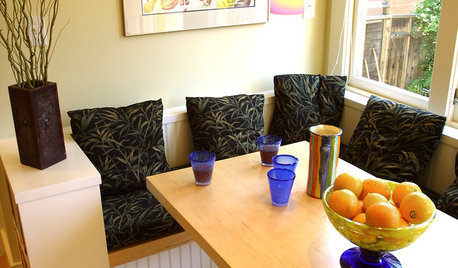
MATERIALSWoodipedia: Maple Is a Marvel Around the House
A heavy hardwood with lots of potential, maple appeals to modern sensibilities and won't break your budget
Full Story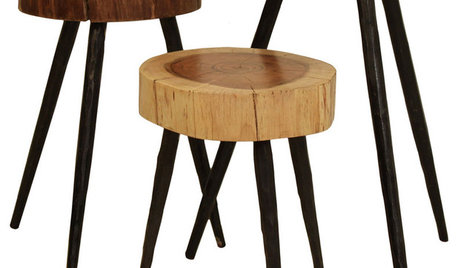
PRODUCT PICKSGuest Picks: 20 Beautiful Wooden Pieces
Elm, Walnut, Maple and Other Woods Wow in These Home Finds
Full Story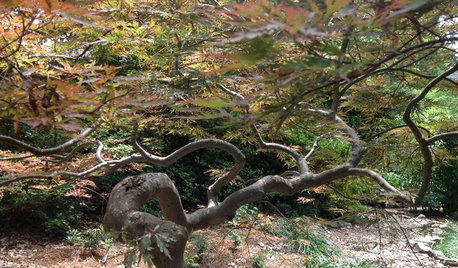
FALL GARDENINGA Garden With a Love Story
Over 23 years, a North Carolina couple has created an inviting, magical garden that harmonizes with its woodland setting
Full Story
GARDENING GUIDES5 Best-Behaved Trees to Grace a Patio
Big enough for shade but small enough for easy care, these amiable trees mind their manners in a modest outdoor space
Full Story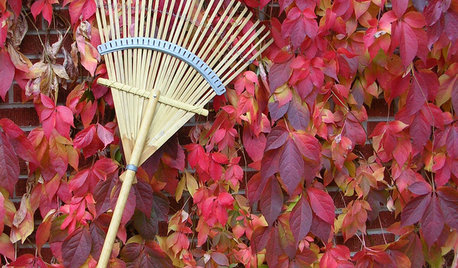
GARDENING GUIDESYour November Garden Checklist
What to do around the U.S. this month to help your garden thrive — when you're not admiring fall's brilliant colors, that is
Full Story
KITCHEN DESIGNPick the Right Pendant for Your Kitchen Island
Don't settle for bland builder-grade pendant lights when you can have your pick of colors and kinds to match your kitchen's style
Full Story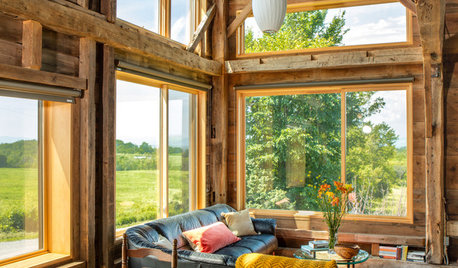
GUESTHOUSESHouzz Tour: This Guesthouse’s Former Residents Were Horses
A new insulated exterior for a Vermont carriage barn preserves its rustic interior
Full Story
LIFECould Techies Get a Floating Home Near California?
International companies would catch a big business break, and the apartments could be cool. But what are the odds of success? Weigh in here
Full Story




gardengal48 (PNW Z8/9)